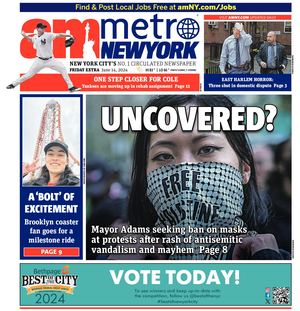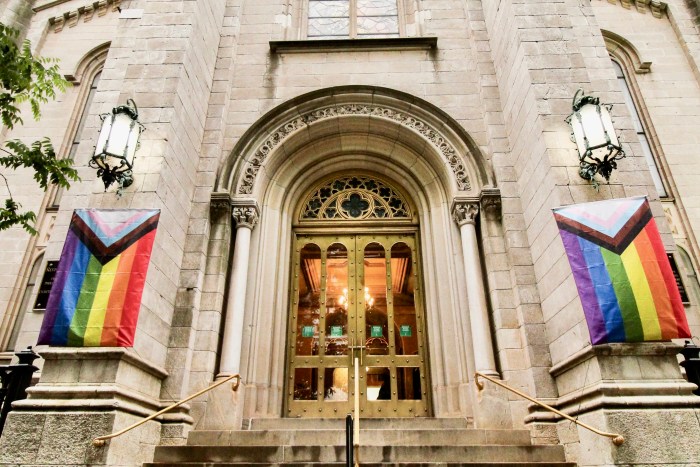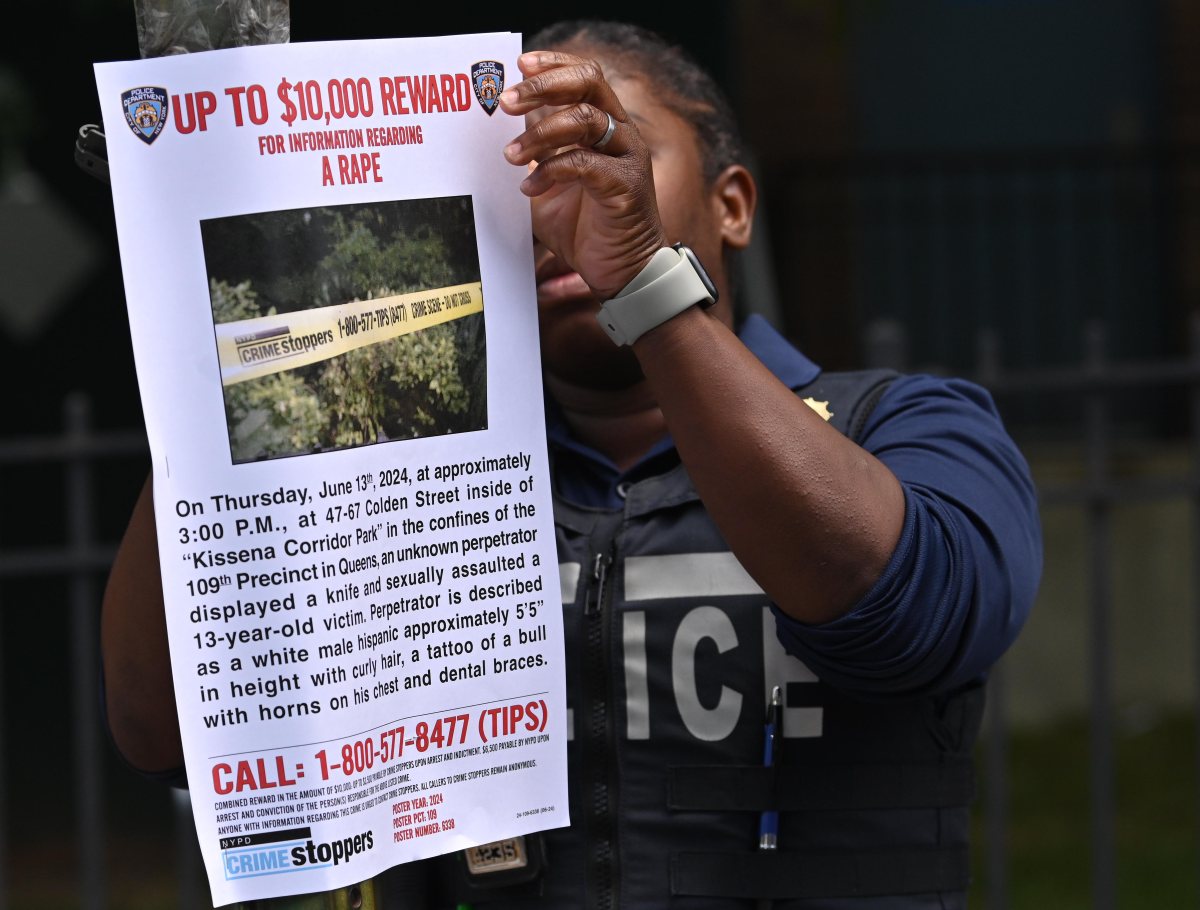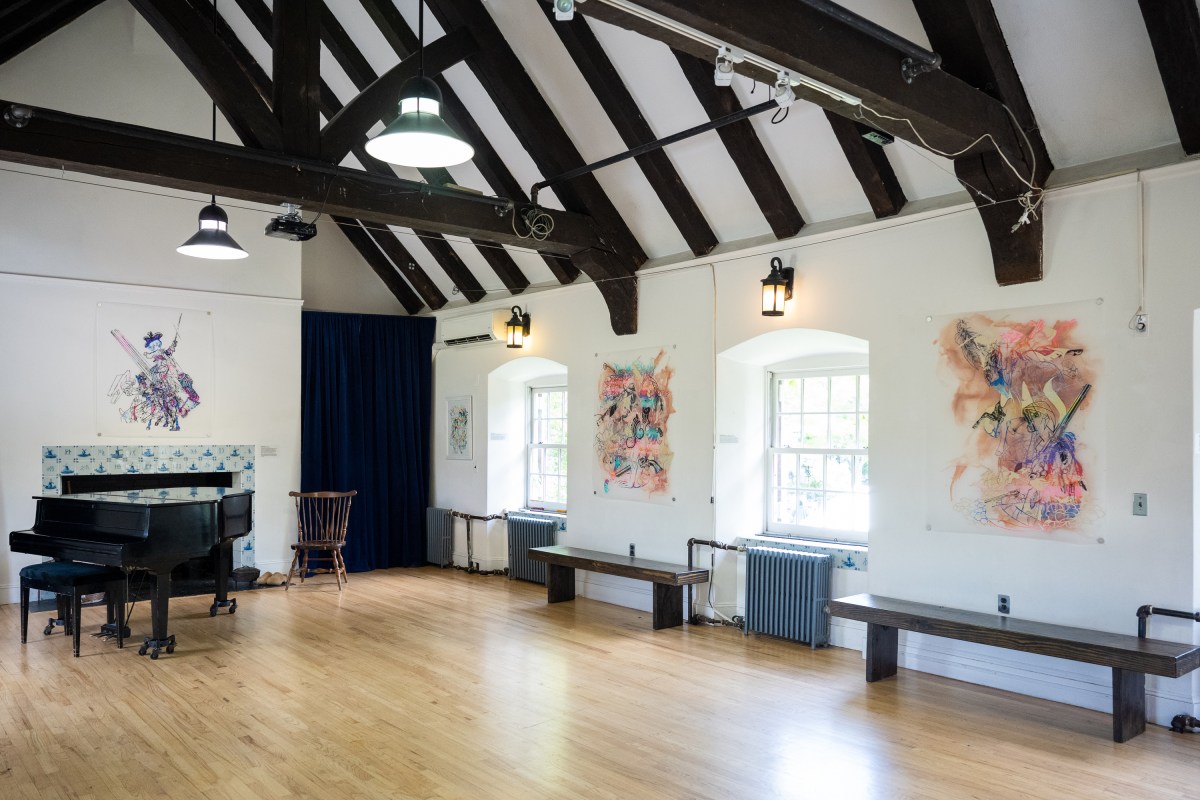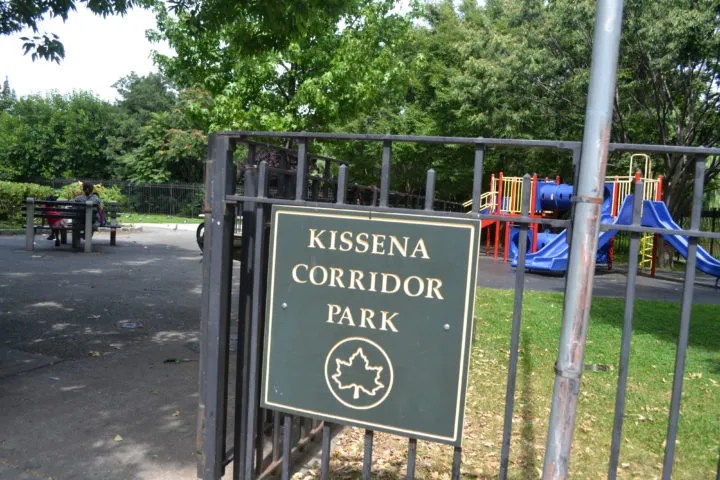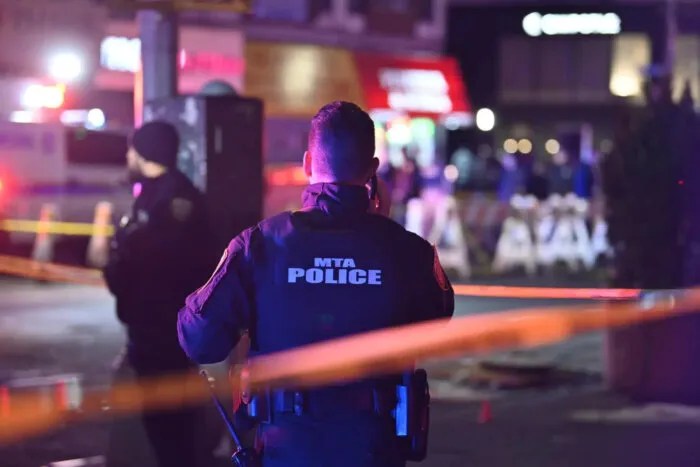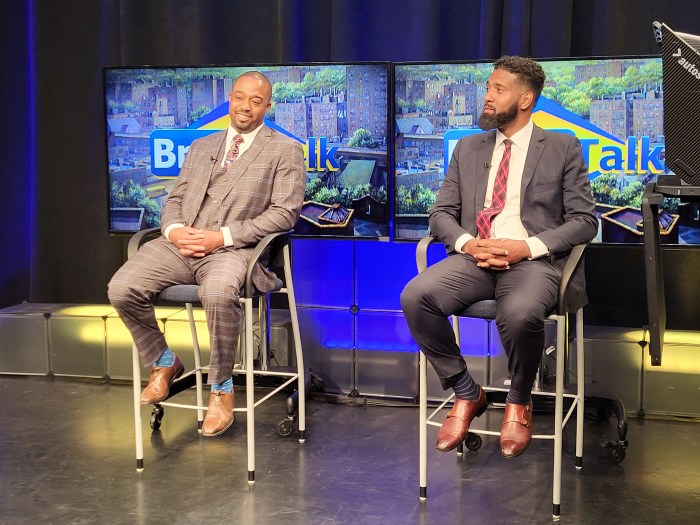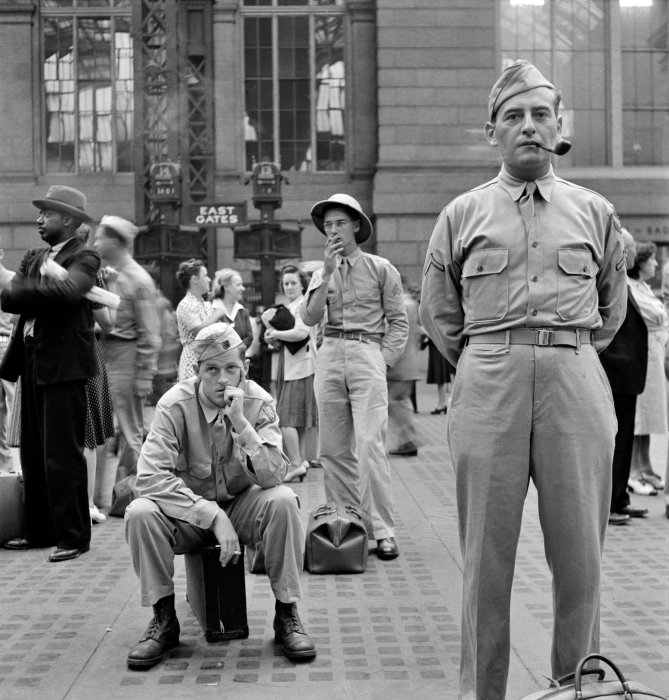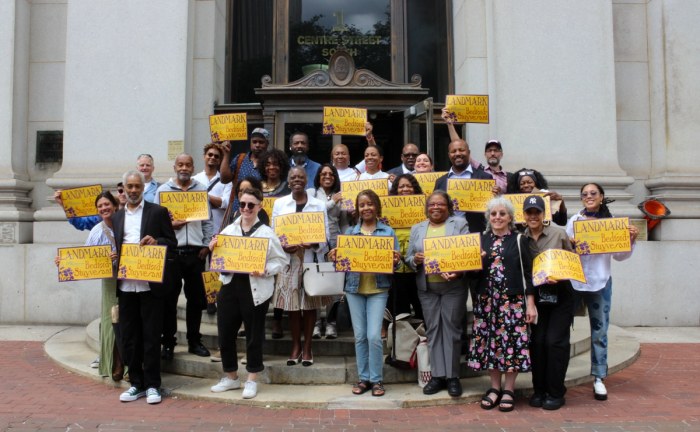By Skye H. McFarlane
The good news is that Fulton St. is getting a major makeover. The bad news is that due to an ailing 150-year-old water main, the street will require radical plastic surgery instead of a simple trip to the Macy’s makeup counter.
And as with any surgery, there will be some pain before a prettier, healthier Fulton St. can emerge. A group of five city agencies appeared before neighborhood residents last Thursday to elaborate on the Fulton St. project, which will entail 90-hour work weeks, multiple street closures and nighttime water shut-offs en route to revamped streetscapes, spruced-up storefronts and new public parks. Traffic closures on the street will start sometime in July, perhaps as soon as July 9, and will last for 2 1/2 years.
“It’s going to be a challenging time,” Josh Wallack of the city’s Economic Development Corporation told residents and business owners during the informational meeting at Southbridge Towers. “Hopefully, we can bring a lot of good things on line more quickly than we would have ordinarily.”
The original E.D.C. plan for the area was to repave streets, fix sidewalks and install historically appropriate curbs and lighting, similar to what the Downtown Alliance has put into place elsewhere in Lower Manhattan. However, when city crews did test excavations last year, they discovered that Fulton St. concealed a 150-year-old water main that would need to be replaced within the next decade.
Replacing the water main, the city learned, would involve digging by hand through 5.5 feet of densely tangled utility systems — some of which are no longer operational. The painstaking utility work will add years of labor and millions of dollars to the cost of the project.
Working a standard, 40-hour week, the city estimated that the project would not finish up until 2015, a completion date it deemed “unacceptable.” Therefore, representatives from the Departments of Transportation, Design and Construction, Transportation, Planning, and Parks came up with a plan to fast-track the part of the project closest to the new Fulton Transit Hub, which the Metropolitan Transportation Authority hopes to open in 2009.
Starting sometime in the next few weeks, Fulton St. from Church St. to Gold St. will be closed to through traffic for the better part of two-and-a-half years. In 2008, most of Nassau St. from Fulton St. to Spruce St. will also be closed. As many as 10 crews will be working on the project at once from 7 a.m. to 10 p.m. weekdays and from 8 a.m. to 10 p.m. on Saturdays.
In addition, crews will work through the night to replace the water main, so that necessary water shut-offs will not affect local businesses during the day. Each block will lose its overnight water service for a period of roughly two weeks, and that will likely start later in the summer or in the fall. In order to avoid digging up the same street repeatedly for new projects or repairs, as has happened on Maiden Lane, the city is insisting that private utility companies use the same trenches and contractors to complete any work they need to do in the area. The city will also install an additional water main during the project.
Agency representatives at Thursday’s meeting said that they understand that residents and business owners do not care whether it is the city or a private utility digging up the street — it is the city’s responsibility to make sure that the work proceeds as smoothly and efficiently as possible.
With the aggressive schedule, the city hopes to finish the first, and most arduous, phase of the project by Sept. 2009. During that time, half of each block will remain paved, so that emergency vehicles and local deliveries can access the street. Pedestrians will also be able to get through. Movement will become challenging in 2009, however, when the Nassau and Fulton St. closures will be compounded by three other D.O.T. repaving projects — a full street closure on Beekman St. and lane closures on Peck Slip, Maiden Lane and Liberty St.
Residents at the meeting gasped when they heard this news, saying that locals, taxis and naïve tourists will likely become trapped in the labyrinth of closed-off streets. Because most of the street closures will affect westbound thoroughfares, the D.O.T. is considering reversing the traffic direction on Spruce and Platt Sts. during the heaviest construction period. There may also be restrictions on parking and delivery times.
What most of the residents wanted to see, however, is enforcement of the city’s current parking regulations. Most of the streets in the area are already choked to a halt, they said, by illegally parked cars sporting government placards.
“Traffic here is a horror now,” said Seaport resident John Ost. “People just cannot get out of here as it is. You say that the N.Y.P.D. will be in charge of enforcing the traffic regulations and frankly, that worries me.”
A study by Transportation Alternatives last fall showed that police officers abuse their parking privileges more frequently than members of any other agency. A Downtown Express investigation in October found that even cars with expired, invalid or phony police permits were not given tickets on Fulton St. Residents at the meeting worried that closing so many streets, without also ticketing and towing illegal parkers, will turn the remaining streets in the neighborhood into impassable government parking lots.
The city officials did not respond to placard parking questions at the meeting, but the D.O.T. is currently studying the proliferation of placards in Lower Manhattan. A city source later said privately, “The city recognizes that the misuse of placards for parking is an issue in Lower Manhattan and we are looking at ways to address it.”
In 2009 or 2010, the agencies will start phase two of the Fulton St. project — the utility work in front of Southbridge Towers and streetscape renovations on William, Gold, Cliff, Pearl and John Sts. The second phase of the project will also include improvements to Titanic Park on the east side of Pearl St. and an expansion of the Pearl St. playground on the west side of Pearl St. The access lane next to the Pearl St. playground will be closed off and turned into a pedestrian plaza.
“We’re very excited to actually close that street and create a new public space,” said Joshua Kraus of D.O.T.
The city also hopes to create new public space in 2009, at the end of the first phase of the project. At Fulton and Gold Sts., the D.O.T. plans to eliminate the hazardous traffic triangle that currently allows cars to wheel north onto Gold St. without signaling or stopping. The intersection will become a standard crossing with a traffic light. If the city can arrange to purchase a small chunk of land from Southbridge, the Parks Department would then build a new park, called DeLury Square, on the excess curbside.
In late summer or early fall, E.D.C. will unveil the final component of its Fulton St. plan — an incentive program to encourage façade renovations. Though its terms have not yet been finalized, the program will work in spirit like the National Register system, using financial rewards (instead of punitive regulations) to encourage building owners to bring their structures back up to historically appropriate standards. This would include getting rid of garish signs and worn-down, late-20th century storefronts.
All told, the streetscape and façade programs will cost $38 million, provided by the Lower Manhattan Development Corporation. As yet, it is unclear how much it will cost to complete the water main and utility work. Part of the project will use $6.5 million in emergency repair funds from the Federal Highway Administration, with the city paying for the balance of the work.
Although there will be work going on day and night for the next two years, Wallack told the crowd that the construction will seldom be noisy, since crews must dig by hand and will often be working several feet below street level.
The Department of Design and Construction will have community liaisons in the neighborhood to work with community members and resolve day-to-day issues. Problems can also be directed to the Lower Manhattan Construction Command Center, which can be accessed by calling 3-1-1. The agencies pledged to hold repeated public meetings as the project moves forward.
“What we commit to you is that we won’t disappear,” Kraus told the residents. “We will come back and let you know what is going on…Just try to remember that there are exciting things in store when this is over.”
Skye@DowntownExpress.com
